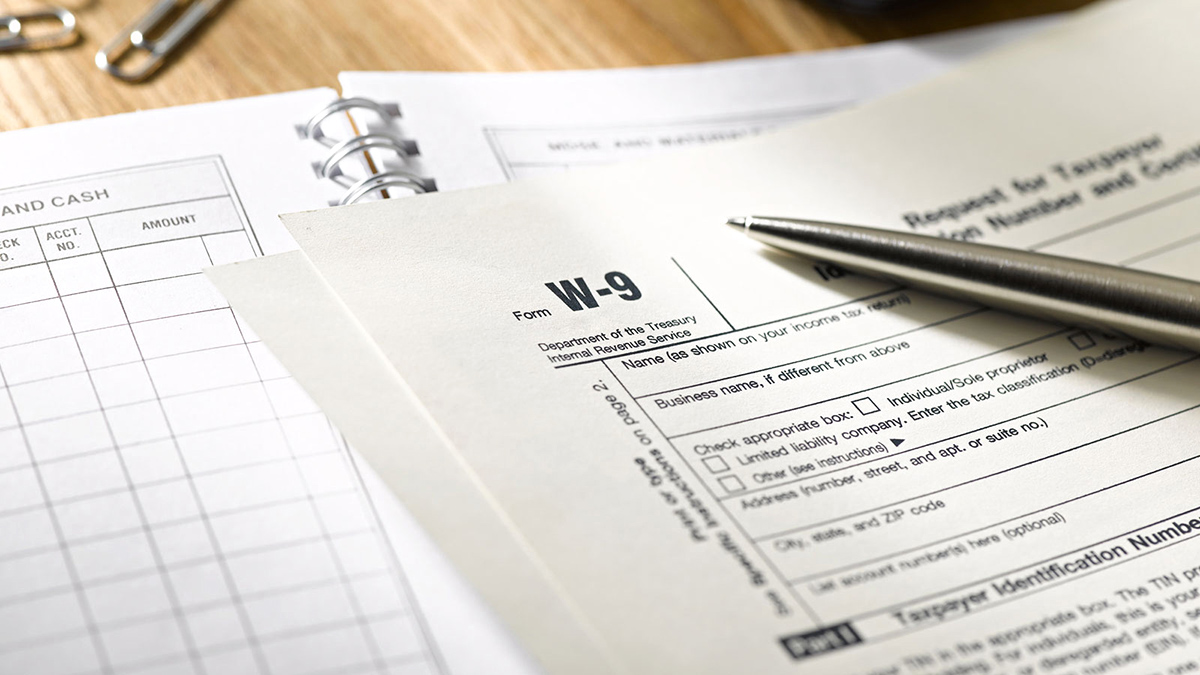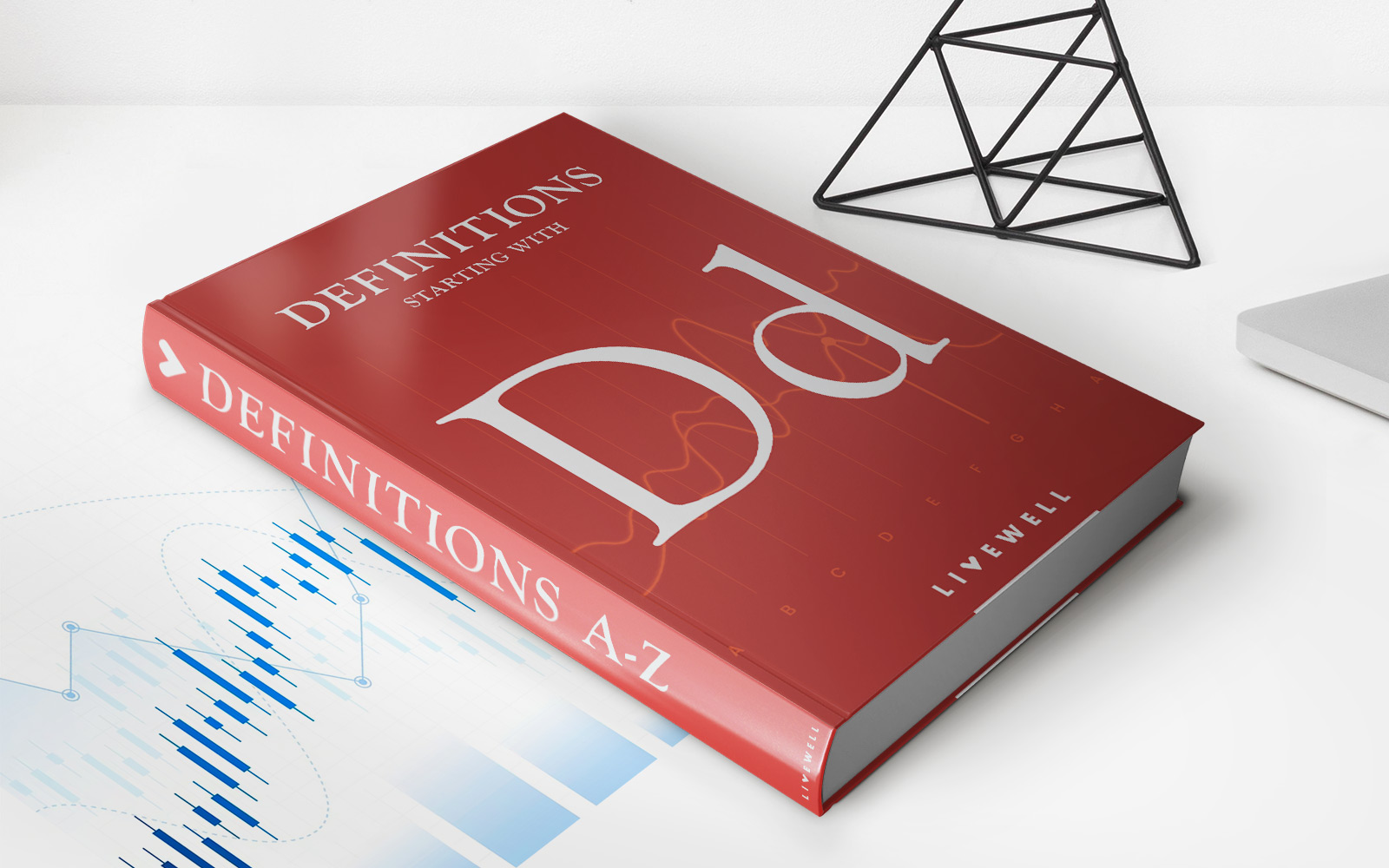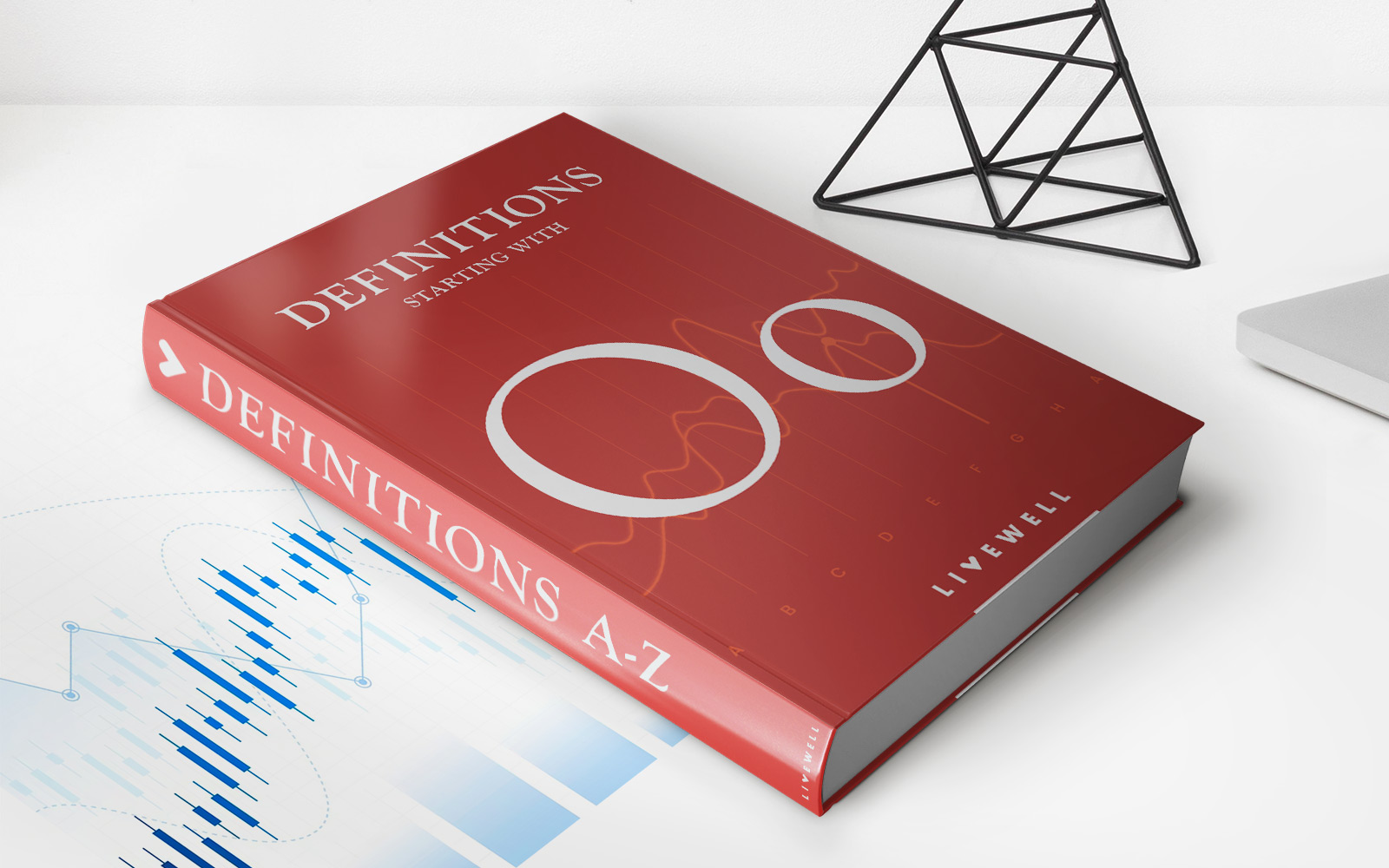

Finance
What Tax Bracket Is $70,000
Published: January 20, 2024
Find out which tax bracket $70,000 falls into and understand its implications on your finances. Explore the financial impact and planning strategies.
(Many of the links in this article redirect to a specific reviewed product. Your purchase of these products through affiliate links helps to generate commission for LiveWell, at no extra cost. Learn more)
Table of Contents
Introduction
Understanding how tax brackets work is essential for effectively managing your finances and planning for tax obligations. Tax brackets determine the percentage of your income that you are required to pay in taxes. Many people often wonder what tax bracket they fall into based on their income. In this article, we will explore what tax bracket an income of $70,000 falls into and the implications it may have on your overall tax liability.
When it comes to taxes, the United States has a progressive tax system, which means that tax rates increase as income levels rise. This system aims to distribute the tax burden more fairly, with higher earners contributing a larger share. Individuals are divided into different income ranges or tax brackets, each with its own corresponding tax rate.
It’s important to note that tax brackets are based on taxable income, which is your total income minus applicable deductions and exemptions. Deductions and exemptions reduce your taxable income, lowering the amount of income subject to taxation. Therefore, it’s crucial to understand the deductions and exemptions you may be eligible for to accurately determine your tax bracket and potential tax liability.
Now, let’s delve into the specific tax bracket for an income of $70,000 and what it means for taxpayers in this range.
Understanding Tax Brackets
In order to determine what tax bracket an income of $70,000 falls into, it’s crucial to have a basic understanding of how tax brackets work. As mentioned earlier, the U.S. tax system operates on a progressive model, meaning that the higher your income, the higher your tax rate.
Tax brackets are divided into income ranges, with each range corresponding to a specific tax rate. The tax rates for each bracket are not applied to your entire income but rather to the income within that specific bracket. This is known as marginal tax rates. For example, if the tax rate for the first bracket is 10% and your income falls within that range, only that portion of your income will be taxed at 10%. The subsequent portions of your income will be taxed at the rates of the subsequent brackets.
Currently, there are seven federal tax brackets in the United States, ranging from 10% to 37%. The tax brackets and their corresponding income ranges are periodically adjusted for inflation. It’s essential to consult the most recent tax tables and speak with a tax professional to ensure accurate and up-to-date information.
In addition to federal tax brackets, individuals may also be subject to state and local income taxes. These taxes vary by state and can have their own set of tax brackets and rates. It’s crucial to take these into account when determining your overall tax liability.
Understanding your tax bracket is key to effective tax planning. With this knowledge, you can strategize ways to minimize your tax liability, such as utilizing deductions and credits, maximizing contributions to retirement accounts, and engaging in other tax-efficient practices.
Now, let’s explore the specific tax bracket for an income of $70,000 and the implications it may have on your tax obligations.
Determining Tax Bracket for $70,000 Income
Now let’s determine the tax bracket for an income of $70,000. Keep in mind that this is a taxable income, which means it is the amount you have after subtracting deductions and exemptions.
To accurately determine your tax bracket, you need to refer to the current tax tables provided by the IRS. These tables outline the tax brackets and rates for each filing status.
For the tax year 2021, a single individual with a taxable income of $70,000 would fall into the 22% tax bracket. This means that the first portion of their income, up to the top of the 12% bracket, would be taxed at 12%, and the remaining portion, up to their taxable income of $70,000, would be taxed at 22%.
It’s essential to note that the tax bracket you fall into does not mean that all of your income is taxed at that rate. Only the income within that specific bracket is subject to that rate. The progressive tax system ensures that individuals with higher incomes pay a higher percentage in taxes.
Understanding your tax bracket is critical in estimating your overall tax liability. It allows you to make informed decisions about financial planning and potential tax-saving strategies. In the case of an income of $70,000, knowing that you fall into the 22% tax bracket can help you calculate your tax payments and potentially explore ways to reduce your taxable income.
Remember that tax brackets can change from year to year due to adjustments for inflation or updates in tax laws. Therefore, it’s always advisable to consult the most recent tax tables and seek guidance from a tax professional to ensure accuracy.
Now that we’ve determined the tax bracket for an income of $70,000, let’s discuss the implications and considerations of this tax bracket.
Implications and Considerations
The 22% tax bracket for an income of $70,000 carries a number of implications and considerations that taxpayers should be aware of. Understanding these implications can help you effectively manage your finances and minimize your tax liability.
1. Marginal Tax Rate: As mentioned earlier, the tax bracket of 22% means that the last portion of your income, up to $70,000, will be taxed at 22%. It’s important to note that this is your marginal tax rate, not your effective tax rate. Your effective tax rate is the average percentage of your total income that you pay in taxes. It’s lower than your marginal tax rate because different portions of your income are taxed at different rates within the brackets.
2. Potential Tax Savings: Being aware of your tax bracket allows you to explore potential tax-saving strategies. For example, you can consider contributing to tax-advantaged retirement accounts, such as a 401(k) or Individual Retirement Account (IRA). Contributions to these accounts can reduce your taxable income and potentially move you to a lower tax bracket, resulting in tax savings.
3. Deductions and Exemptions: Look for deductions and exemptions that you qualify for to further reduce your taxable income. Some common deductions include mortgage interest, student loan interest, charitable contributions, and medical expenses. Taking advantage of these deductions can help lower your taxable income and potentially move you into a lower tax bracket.
4. State and Local Taxes: Remember that the tax bracket discussed above is for federal income tax. Depending on where you live, you may also be subject to state and local income taxes. These taxes can have their own rates and brackets, so it’s important to consider them in your overall tax planning.
5. Tax Planning: Understanding your tax bracket provides a basis for effective tax planning. You can engage in year-round tax planning to optimize your financial situation, such as timing expenses or income, maximizing deductions, and exploring tax-advantaged investment options. Tax planning can help you minimize your tax liability and keep more of your hard-earned money.
6. Seek Professional Advice: While understanding your tax bracket and the associated implications is important, it’s always a good idea to seek advice from a tax professional. They can provide personalized guidance based on your specific financial situation and help you navigate the complex world of taxes.
It’s important to note that tax laws and regulations can change, and individual circumstances vary. Consider consulting with a tax professional or utilizing tax software to ensure your tax planning strategies align with the most current rules and regulations.
Now let’s summarize our findings.
Conclusion
Determining your tax bracket is an important step in understanding your tax liability and making informed financial decisions. For an income of $70,000, the tax bracket would typically be 22%. This means that the last portion of your income, up to $70,000, would be taxed at a rate of 22%.
Knowing your tax bracket allows you to explore potential tax-saving strategies, such as contributing to retirement accounts or taking advantage of deductions and exemptions. It also helps you engage in effective tax planning throughout the year to optimize your financial situation and minimize your tax liability.
It’s important to note that tax brackets can change over time due to adjustments for inflation or updates in tax laws. Staying informed about the most current tax tables and seeking guidance from a tax professional can ensure accuracy in your tax planning efforts.
Remember, tax planning is a dynamic process that should take into account various factors, such as deductions, credits, state and local taxes, and your overall financial situation. By understanding your tax bracket and staying proactive in managing your taxes, you can maximize your opportunities for tax savings and financial well-being.
Finally, always consult with a tax professional or utilize tax software for personalized advice tailored to your specific circumstances. They can provide guidance and help you navigate the complexities of the tax system, ensuring you remain compliant and make the most of your financial resources.
By taking a proactive approach to understanding tax brackets and implementing tax planning strategies, you can navigate the tax landscape with confidence and work towards achieving your financial goals.














